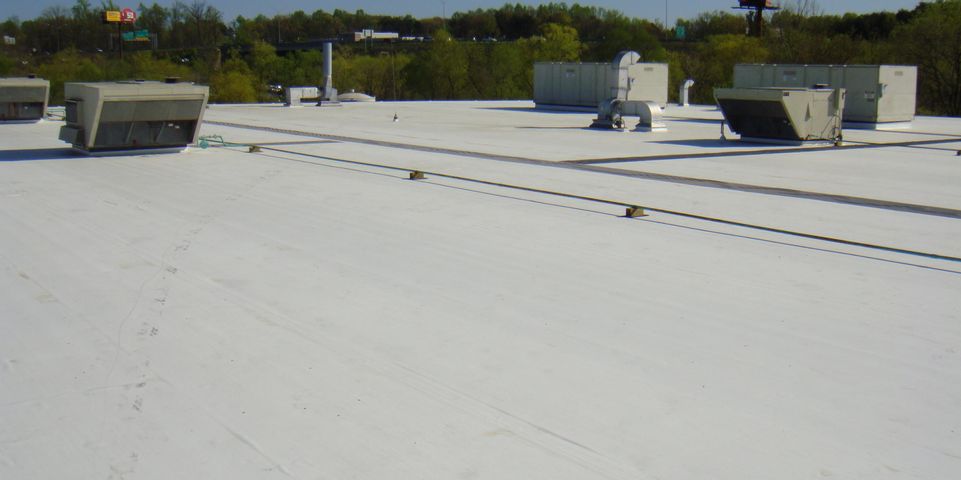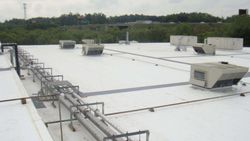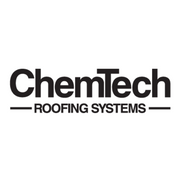PVC vs. TPO Roofing: Differences Business Owners Must Know

PVC roofing was one of the first single-ply thermoplastic roofing materials. Since its introduction, PVC has found considerable success, cutting a path for future thermoplastics to further redefine commercial roofing. The next step is here in the form of TPO roofing. Though it appears similar to its progenitor, a few key design improvements give TPO undeniable advantages in ROI and effectiveness. Here’s what the two do differently.
PVC
When heat-welded, PVC roofing is impermeable by water. Any heat-welded roof will shrug off rain and humidity. Flat PVC roofs, especially those reflective and white, resist some UV exposure and absorb heat at a lower rate than EPDM (Black) rubber roofs; that means lower cooling and roof maintenance costs for owners. PVC’s relative durability and ease of repair make it better-suited to more diverse environmental conditions than many conventional roofing types. There’s just one issue here, though.
PVC is made from plastics. Without a rubber mix to support its base like TPO, manufacturers need to add chemicals called plasticizers to increase its flexibility and prevent brittleness in low temperatures. Over time, plasticizers tend to break down and become a food source for bacteria and microbes.
There’s no upside to having microscopic organisms eat away at your roof. They darken the roof, weaken its UV and heat resistance, make it brittle, and decrease its lifespan. Ever seen PVC with dark spots on it? That’s PVC breakdown in action.
TPO Roofing
TPO roofing shares all of the advantages of PVC — reflectiveness, heat-weldability, durability — but goes further as a cost-cutting measure. Recent advancements in chemistry allow TPO roofing manufacturers to seamlessly integrate a five-factor protective system into the rubber/plastic polymer base.
The result: greater resistance to UV rays, fire, and heat degradation, enhanced whiteness and reflectiveness, and slowed oxidation process. TPO roofing’s incorporation of rubber keeps the whole system naturally durable and flexible at low temperatures — no plasticizers, no hungry bacteria.
What’s all of this do for you? In 2010, RCI Interface Magazine broke it down by the numbers. After 18 months of UV exposure, TPO roofing had a “greater propensity for retaining physical properties when compared to PVC, KEE, and EV membranes.” As a result, TPO can save business owners 10-20% over PVC.
Savings, convenience, and efficacy: the three reasons why TPO roofing has taken over as the fastest-growing type of commercial roofing. Upgrade to TPO and save on cooling and repair costs for decades to come.
Chemtech Roofing & Insulation Systems, Inc. has provided the Triad area and surrounding neighborhoods with high-quality TPO roofing installations for 37 years. Teaming up with leading TPO manufacturer Firestone, they set the standard for cost-cutting, high-efficiency roofing. Call them at (336) 767-4500 or visit their website today to learn more.
About the Business
Have a question? Ask the experts!
Send your question

